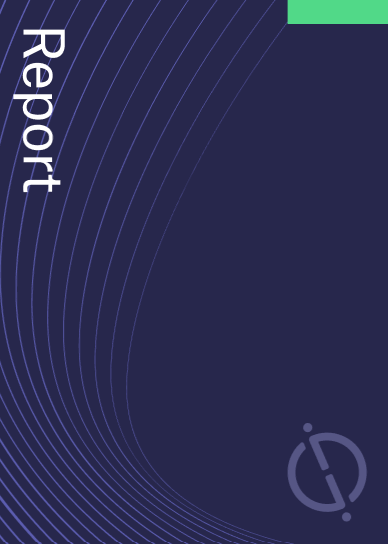Asana‘s patent involves systems and methods for executing branching automation schemes in a collaboration environment. The technology manages environment state information, automation records, trigger events, branching criteria, and sets of automated actions to carry out in response to specific events. The system is designed to facilitate user interaction and automate actions within the collaboration environment. GlobalData’s report on Asana gives a 360-degree view of the company including its patenting strategy. Buy the report here.
According to GlobalData’s company profile on Asana, AI for workflow management was a key innovation area identified from patents. Asana's grant share as of January 2024 was 74%. Grant share is based on the ratio of number of grants to total number of patents.
Branching automation system for collaboration environments
A recently granted patent (Publication Number: US11863601B1) describes a system designed to execute branching automation schemes within a collaboration environment. The system, operated by one or more physical processors, manages environment state information, including user and work unit records, to facilitate user interaction with the collaboration environment. Automation records define trigger events, branching criteria, and sets of automated actions to be carried out in response to specific events and criteria. The system establishes network connections, monitors environment state changes, detects trigger events, determines satisfied branching criteria, and executes automated actions accordingly. This includes effectuating actions based on the occurrence of trigger events and satisfaction of branching criteria, such as creating new work units or specifying changes within existing records.
Furthermore, the system is capable of communicating user interface information to client computing platforms, defining trigger events based on user interactions, and deriving trigger events and branching criteria from user and work unit information. Branching criteria can be based on specific work unit details, such as user designations, work type, or custom fields. Automated actions may involve modifying work unit information, selecting templates, and creating new work unit records. Additionally, actions can be scheduled to occur after a specified time frame following the satisfaction of specific branching criteria. Overall, the system streamlines processes within a collaboration environment by automating actions based on predefined triggers and criteria, enhancing efficiency and productivity for users interacting within the system.
To know more about GlobalData’s detailed insights on Asana, buy the report here.
Data Insights
From

The gold standard of business intelligence.
Blending expert knowledge with cutting-edge technology, GlobalData’s unrivalled proprietary data will enable you to decode what’s happening in your market. You can make better informed decisions and gain a future-proof advantage over your competitors.




